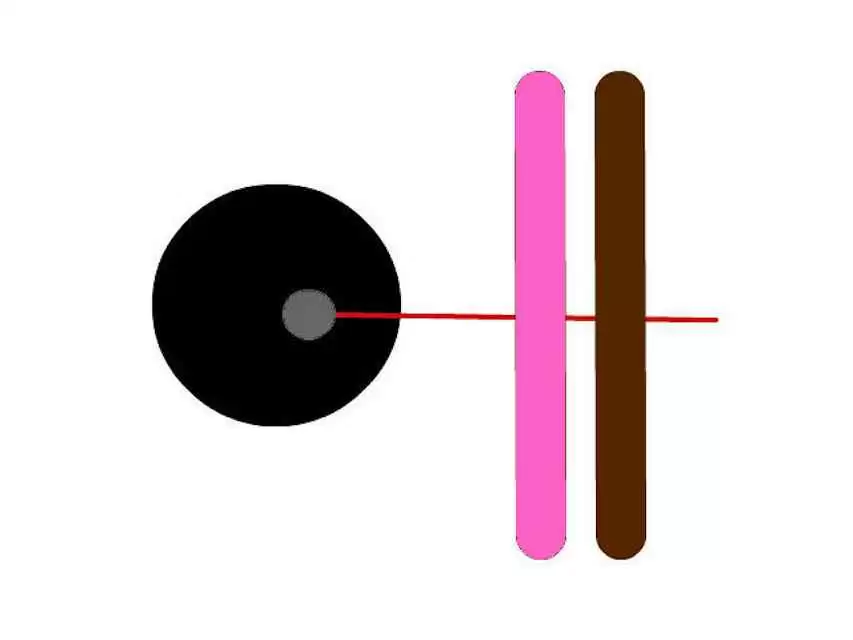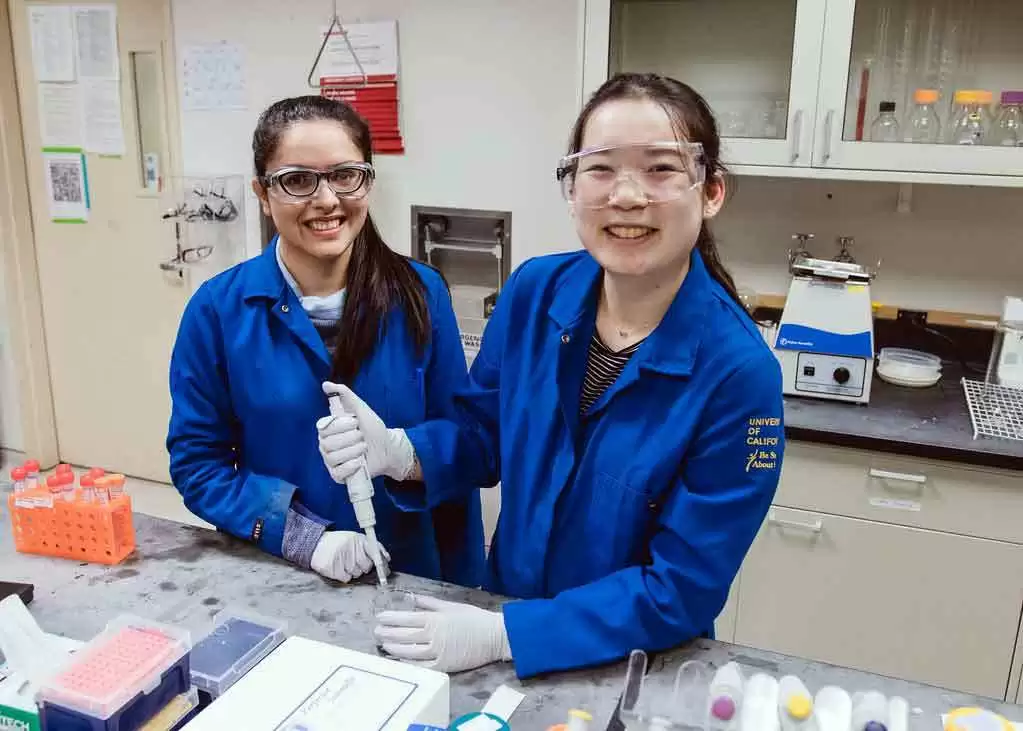Celiac.com 02/17/2025 - Celiac disease, a chronic autoimmune disorder triggered by gluten, has traditionally been diagnosed through intestinal biopsies. However, new approaches aim to simplify this process, especially for children, by relying more on blood tests to confirm the diagnosis. This study examines whether a repeated blood test for a specific antibody can replace a second, more complex confirmatory test, making the diagnostic process easier and less invasive for children.
The Current Diagnostic Process
Under the no-biopsy approach introduced by European guidelines in 2012, children with a suspected diagnosis of celiac disease can forgo an intestinal biopsy if they meet certain criteria. These include having very high levels of immunoglobulin A anti-tissue transglutaminase-2 antibodies in their blood, confirmed by a second test for anti-endomysial antibodies. While this method reduces the need for biopsies, it still requires two separate tests, which can be time-consuming and stressful for families.
Purpose of the Study
Celiac.com Sponsor (A12):
The researchers wanted to determine if the second test, which detects anti-endomysial antibodies, is truly necessary. They investigated whether repeating the initial test for anti-tissue transglutaminase antibodies could be just as effective in confirming the diagnosis. By eliminating the need for the second test, the diagnostic process could become simpler and more accessible.
Methodology
The study analyzed data from 933 children who were suspected of having celiac disease based on their initial blood test results. Each child’s first test showed antibody levels more than 10 times the upper limit of normal, which is considered a strong indicator of celiac disease. A second confirmatory test for anti-endomysial antibodies was performed within two months of the first test. The researchers compared the results of the two tests to assess their alignment and reliability.
Key Findings
- High Agreement Between Tests: All children in the study who had high levels of anti-tissue transglutaminase antibodies also tested positive for anti-endomysial antibodies in the confirmatory test.
- Consistency Across Samples: Almost all confirmatory tests showed very high levels of anti-endomysial antibodies, further supporting the initial test results.
- Potential for Simplification: Given the high level of agreement, the study suggests that repeating the initial anti-tissue transglutaminase test could replace the anti-endomysial antibody test as the confirmatory step.
Implications for Diagnosis
The study’s findings have significant implications for the diagnosis of celiac disease in children. By relying on repeated testing of anti-tissue transglutaminase antibodies, healthcare providers can streamline the diagnostic process, reduce costs, and eliminate the need for more complex tests. This approach is especially beneficial for families seeking a faster and less invasive confirmation of the diagnosis.
Meaning for Families and Children with Celiac Disease
For families navigating the challenges of a celiac disease diagnosis, this study provides a pathway to quicker and more straightforward answers. Reducing the need for biopsies and multiple tests not only minimizes the physical burden on children but also alleviates emotional stress for parents. Early and accurate diagnosis enables children to start a gluten-free diet sooner, preventing further complications and improving their quality of life.
Conclusion
This research highlights the potential to simplify the diagnostic process for celiac disease by replacing the second confirmatory test with a repeat of the initial antibody test. By doing so, healthcare providers can maintain diagnostic accuracy while making the process more accessible and less invasive for children and their families. For those living with celiac disease, this advancement represents a meaningful step toward easier, faster diagnoses and improved management of the condition.
Read more at: pubmed.ncbi.nlm.nih.gov











Recommended Comments
Create an account or sign in to comment
You need to be a member in order to leave a comment
Create an account
Sign up for a new account in our community. It's easy!
Register a new accountSign in
Already have an account? Sign in here.
Sign In Now